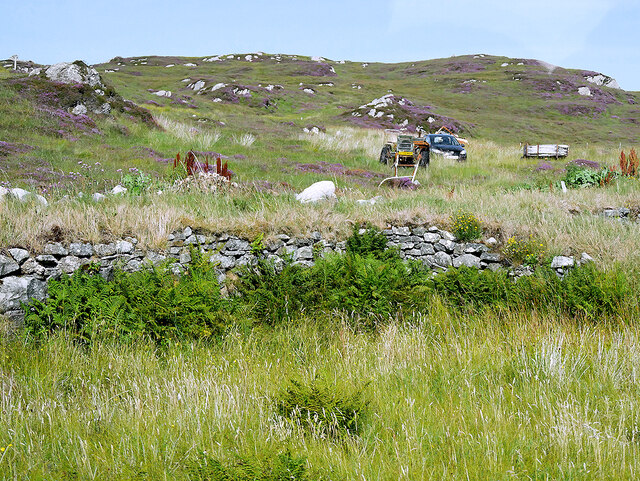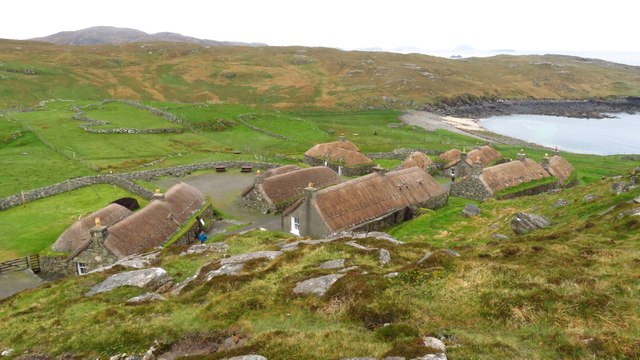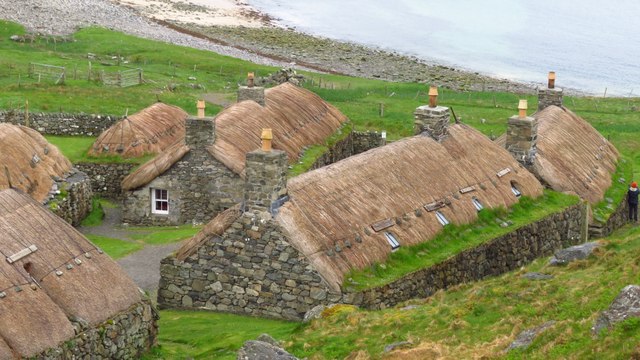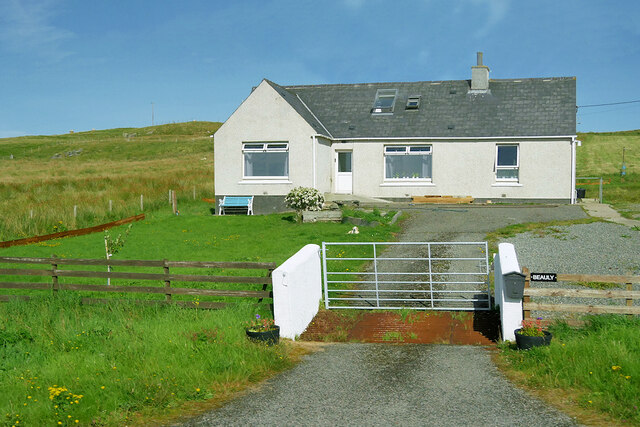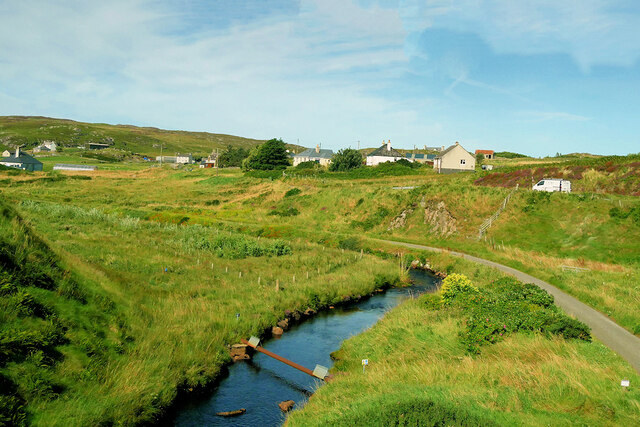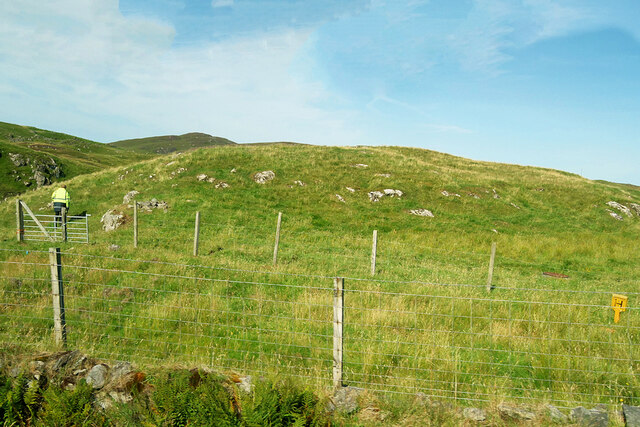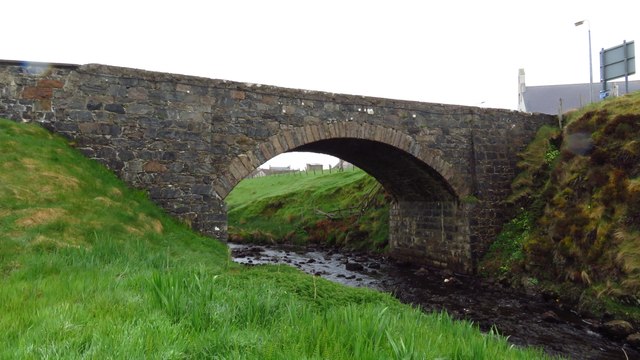Creag na Bà Glais
Coastal Feature, Headland, Point in Ross-shire
Scotland
Creag na Bà Glais
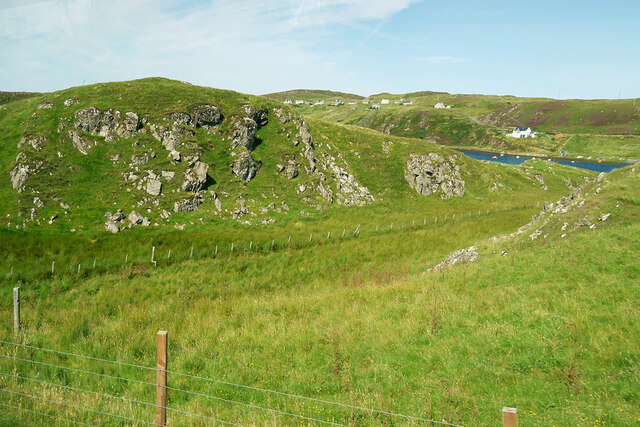
Creag na Bà Glais is a prominent coastal feature located in Ross-shire, Scotland. This headland, also known as Creag nan Bà Glais, is situated on the northwestern coast of the Scottish Highlands, overlooking the North Atlantic Ocean.
The name Creag na Bà Glais translates to "rock of the grey cow" in Gaelic, reflecting the rugged and rocky nature of this coastal point. It is characterized by steep cliffs and jagged rock formations, which provide a stunning backdrop to the surrounding landscape.
The headland offers breathtaking panoramic views of the ocean, with the waves crashing against the cliffs below. The exposed location of Creag na Bà Glais makes it susceptible to strong winds and rough seas, creating a dramatic and awe-inspiring spectacle for visitors.
The area surrounding Creag na Bà Glais is also home to a variety of wildlife. Seabirds such as gannets, guillemots, and puffins can often be spotted nesting on the cliffs, while seals and dolphins occasionally swim offshore. The diverse range of flora and fauna found in this coastal habitat adds to its natural beauty and ecological significance.
Creag na Bà Glais is a popular destination for outdoor enthusiasts and nature lovers. It offers opportunities for hiking, birdwatching, and photography, attracting visitors from both near and far. Its remote and unspoiled location makes it a tranquil and picturesque spot to explore the rugged beauty of the Scottish coastline.
If you have any feedback on the listing, please let us know in the comments section below.
Creag na Bà Glais Images
Images are sourced within 2km of 58.279533/-6.7887929 or Grid Reference NB1942. Thanks to Geograph Open Source API. All images are credited.
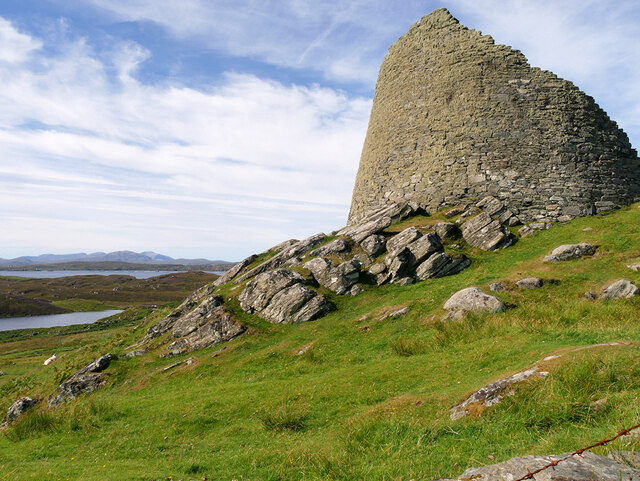
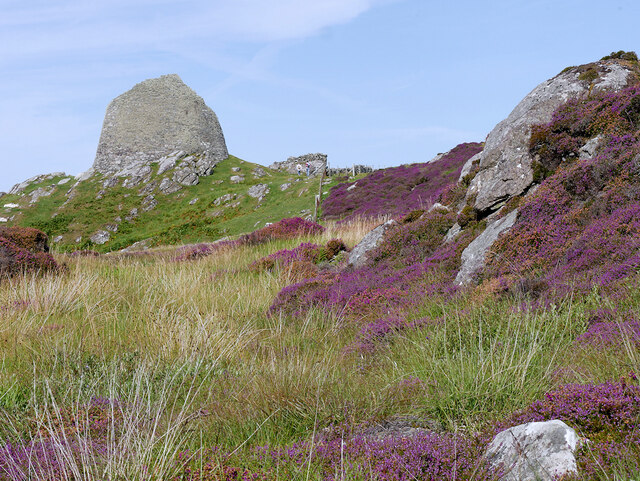
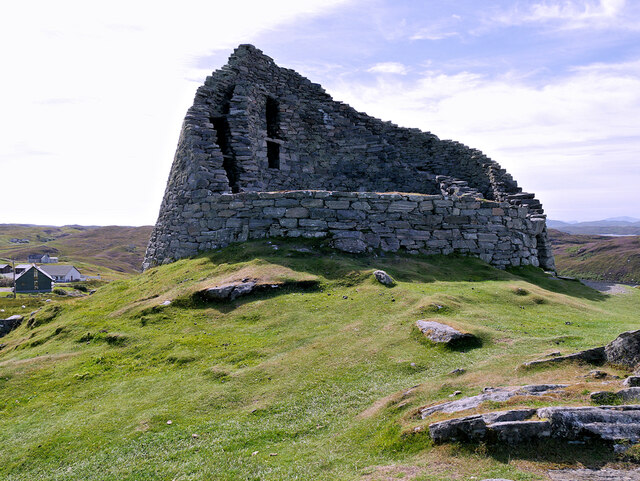
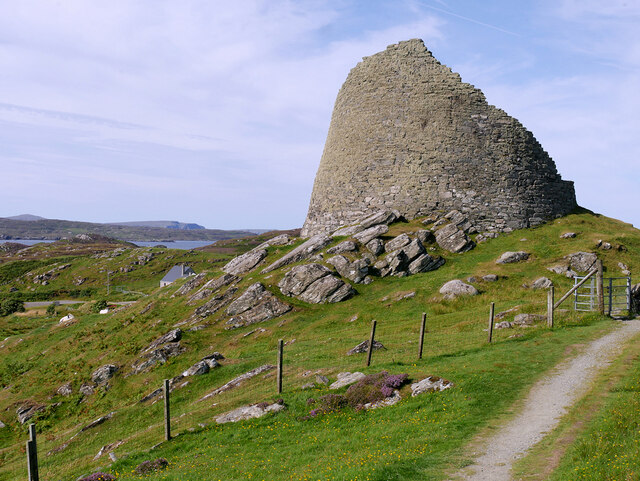
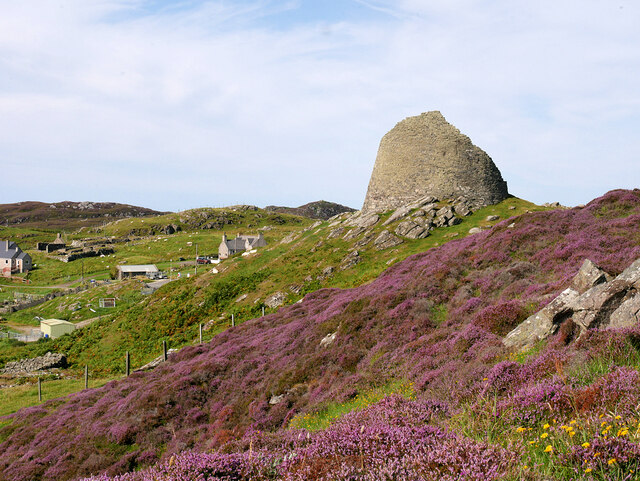
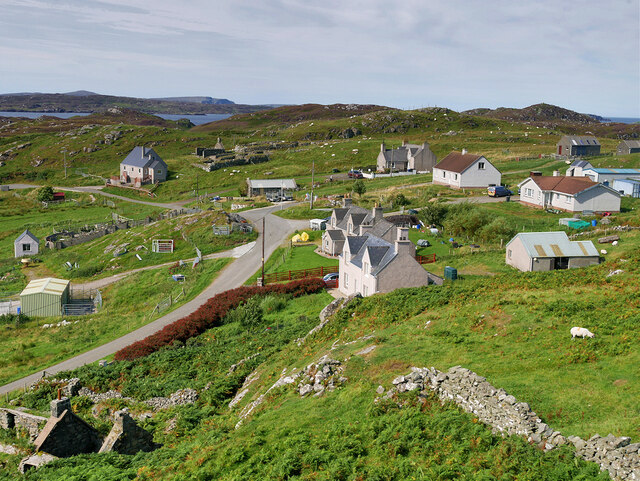
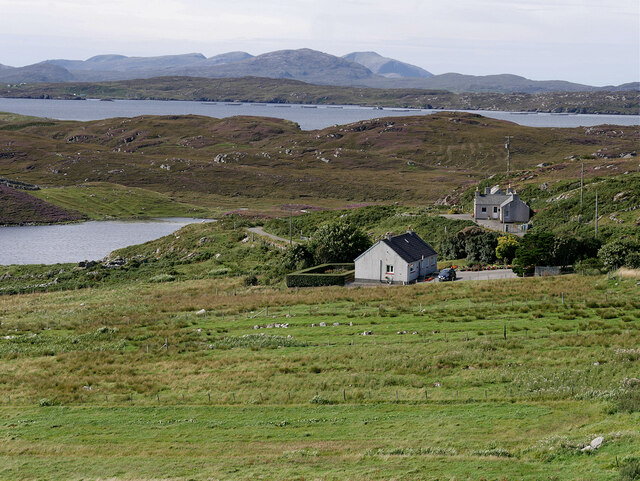
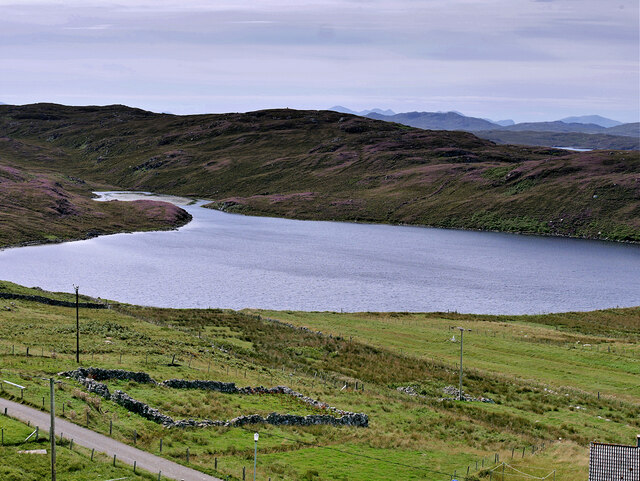
Creag na Bà Glais is located at Grid Ref: NB1942 (Lat: 58.279533, Lng: -6.7887929)
Unitary Authority: Na h-Eileanan an Iar
Police Authority: Highlands and Islands
What 3 Words
///birthdays.reforming.group. Near Carloway, Na h-Eileanan Siar
Nearby Locations
Related Wikis
Borrowston, Lewis
Borrowston (Scottish Gaelic: Borghastan), with a population of about 50, is a crofting township situated on the Isle of Lewis, on the Outer Hebrides of...
Dun Carloway
Dun Carloway (Scottish Gaelic: Dùn Chàrlabhaigh) is a broch situated in the district of Carloway, on the west coast of the Isle of Lewis, Scotland (grid...
Carloway
Carloway (Scottish Gaelic: Càrlabhagh [ˈkʰaːɾɫ̪ə.ɤː]) is a crofting township and a district on the west coast of the Isle of Lewis, in the Outer Hebrides...
Garenin
Garenin (Scottish Gaelic: Na Gearrannan) is a crofting township on the west coast of the Isle of Lewis in the Outer Hebrides of Scotland. Garenin is in...
Nearby Amenities
Located within 500m of 58.279533,-6.7887929Have you been to Creag na Bà Glais?
Leave your review of Creag na Bà Glais below (or comments, questions and feedback).
